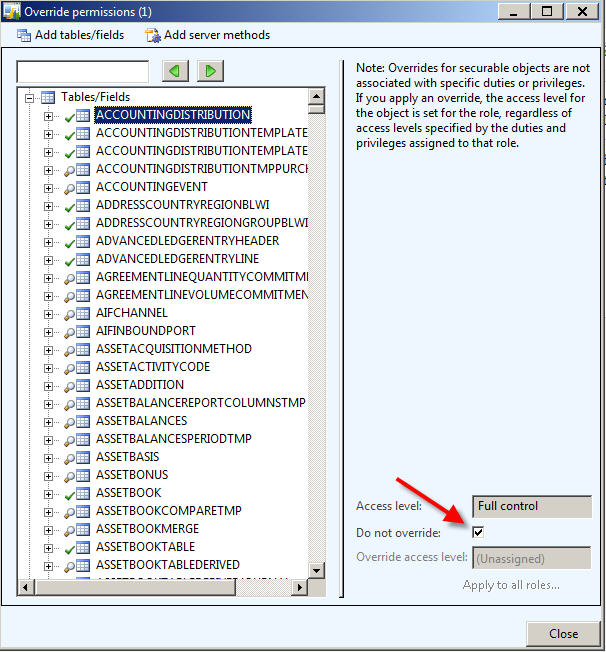
- #FOLDER PERMISSIONS RESET TO DEFAULT BY ITSELF SERVER 2012 INSTALL#
- #FOLDER PERMISSIONS RESET TO DEFAULT BY ITSELF SERVER 2012 FULL#
#FOLDER PERMISSIONS RESET TO DEFAULT BY ITSELF SERVER 2012 INSTALL#
I only have an English install of Windows, so I can't test this proposal, but it seems reasonable.īulk folder creation and grant permission works me by using the below powershell script. Using the Properties & Security of the parent folder to 'Replace all child permission entries' didnt work either.

User astark recommends replacing Everyone with the term *S-1-1-0 in order for the command to be language independent. My understanding is, on Windows 7, that you don't need to specify a user after /remove:d but I might be wrong about that! There might well not be any DENY setting present, so that option might make no difference. The change only concerns removing the DENY setting as a first step. I haven't got Windows 10 to test it, but please try it out if you have (and then will you please post a comment below). The Windows 10 command line above was kindly suggested to me today, so here it is.

The "(OI)" and "(CI)" parameters also add recursion, applying these changes to sub-objects created subsequently. This tool also has a feature where you can reset the permissions for files in a folder and sub-folders, recursively. files and subfolders), as well as the folder itself. Reset NTFS Permissions for a File or Folder Using the built-in icacls.exe console tool, you can quickly reset the NTFS permissions for a file or folder. The "/T" parameter adds recursion, applying these changes to all current sub-objects in the specified directory (i.e.
#FOLDER PERMISSIONS RESET TO DEFAULT BY ITSELF SERVER 2012 FULL#
the permission created) makes this a grant of FULL control. The reset to default functionality comes in handy when the browser is not. The option "/grant" creates a new ALLOW setting, an explicit permission that replaces (":r") any and all explicit ALLOW settings that may exist. Ive seen the cmdlets introduced in Windows 8 and Windows 2012 that allow you. This is only a precaution, as there is often no DENY setting present, but better safe than sorry.

The option "/remove:d" deletes any explicit DENY settings that may exist, as those override explicit ALLOW settings: a necessary preliminary to creating a new ALLOW setting. Specifying the user "Everyone" sets the widest possible permission, as it includes every possible user. The command is applied to the specified directory. The following (might be) a perfect solution for Windows 7 if you are locked-out of a folder by corrupted permission settings: icacls "c:\folder" /remove:d /grant:r Everyone:(OI)(CI)F /Tįor Windows 10 the user/SID must be specified after the /remove:d option: icacls "c:\folder" /remove:d Everyone /grant:r Everyone:(OI)(CI)F /T Corrupt Permissions: Regaining access to a folder and its sub-objectsĪlthough most of the answers posted in reply to the question have some merit, IMHO none of them give a complete solution.


 0 kommentar(er)
0 kommentar(er)
